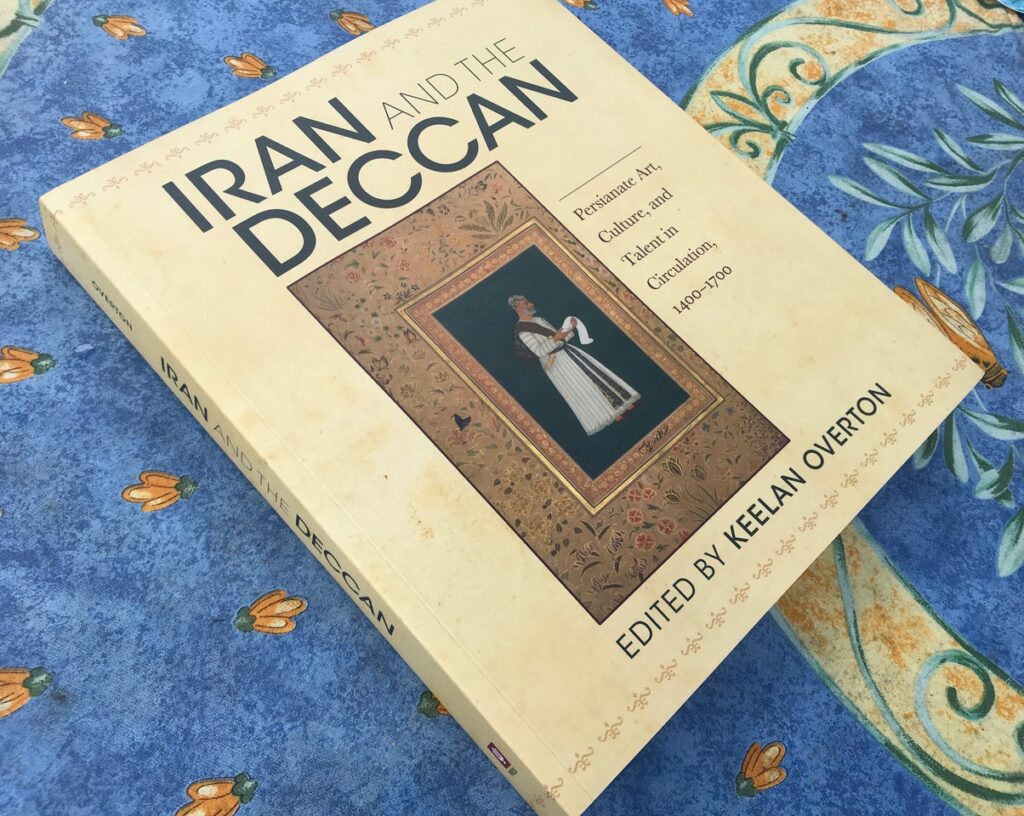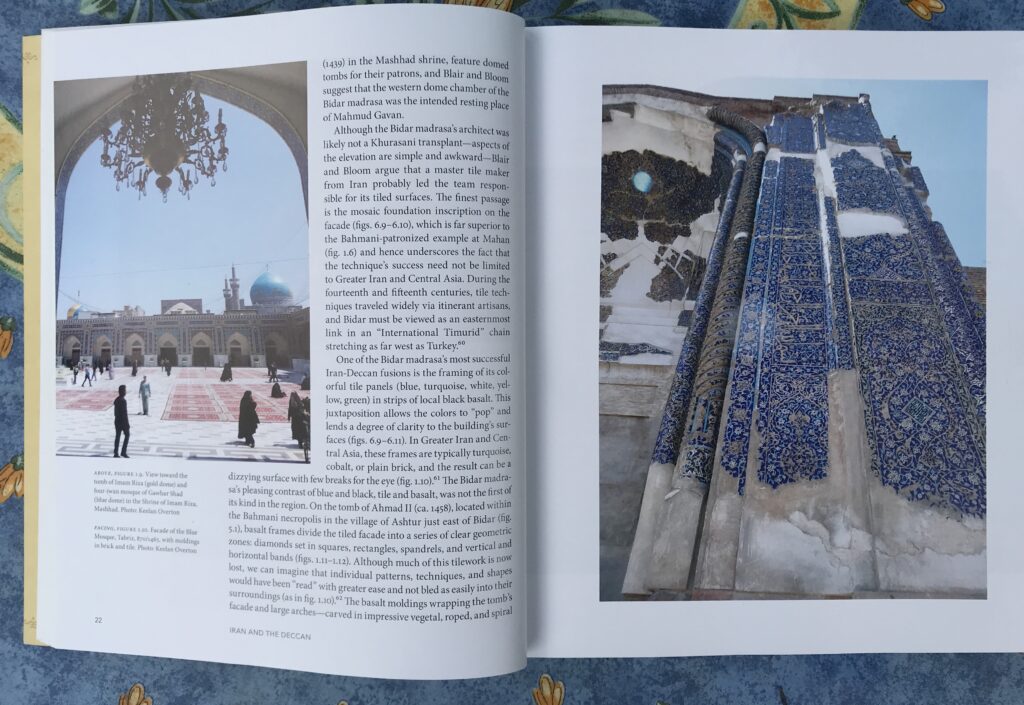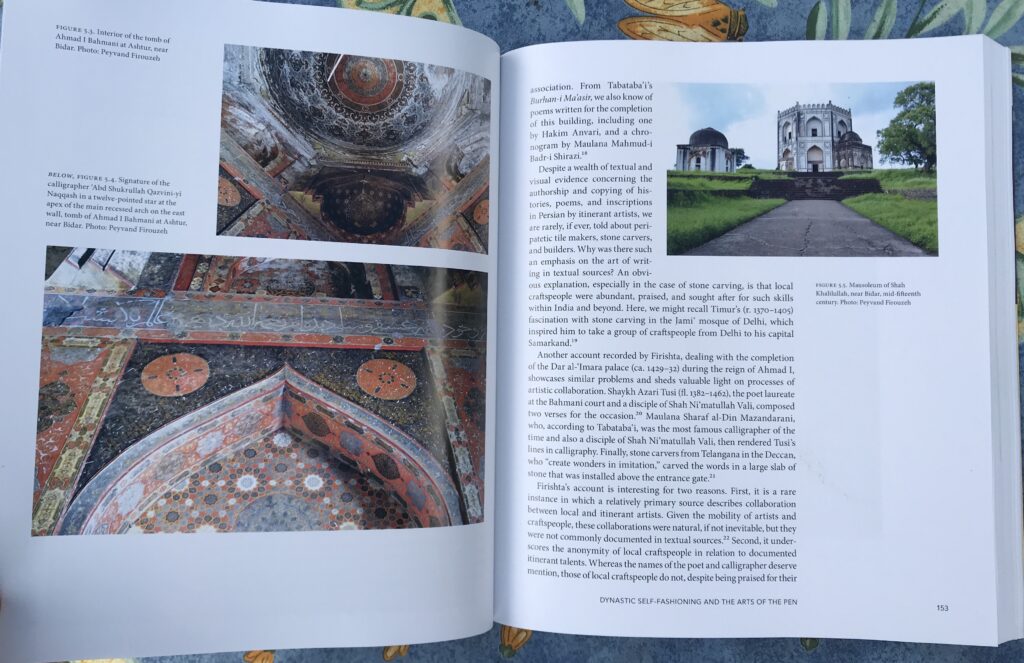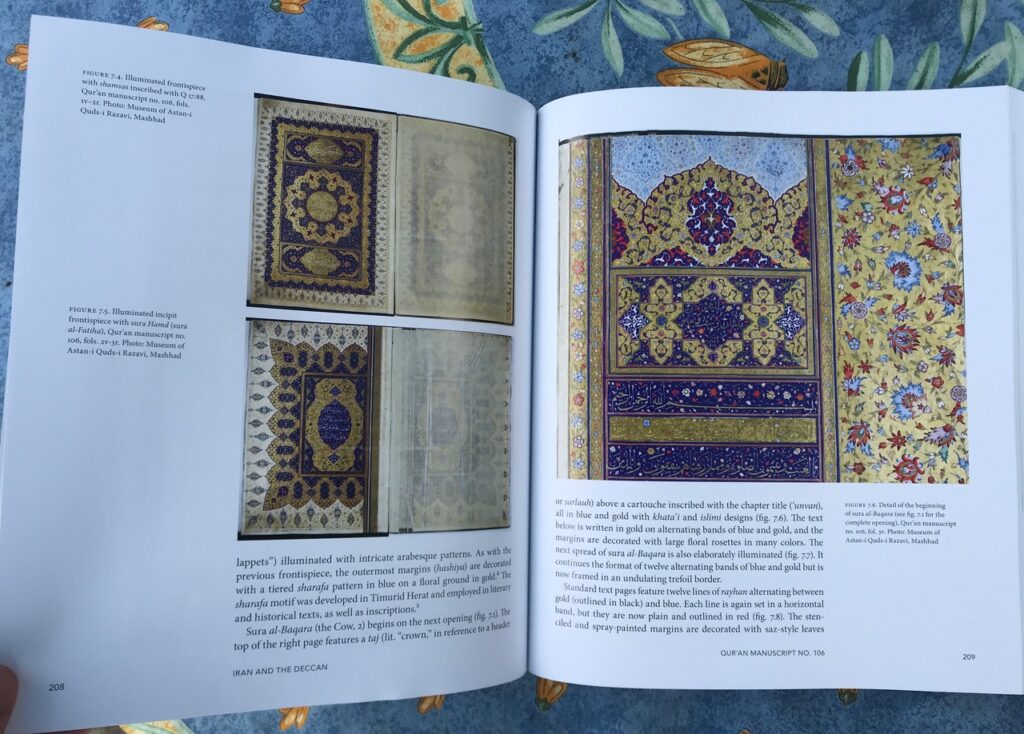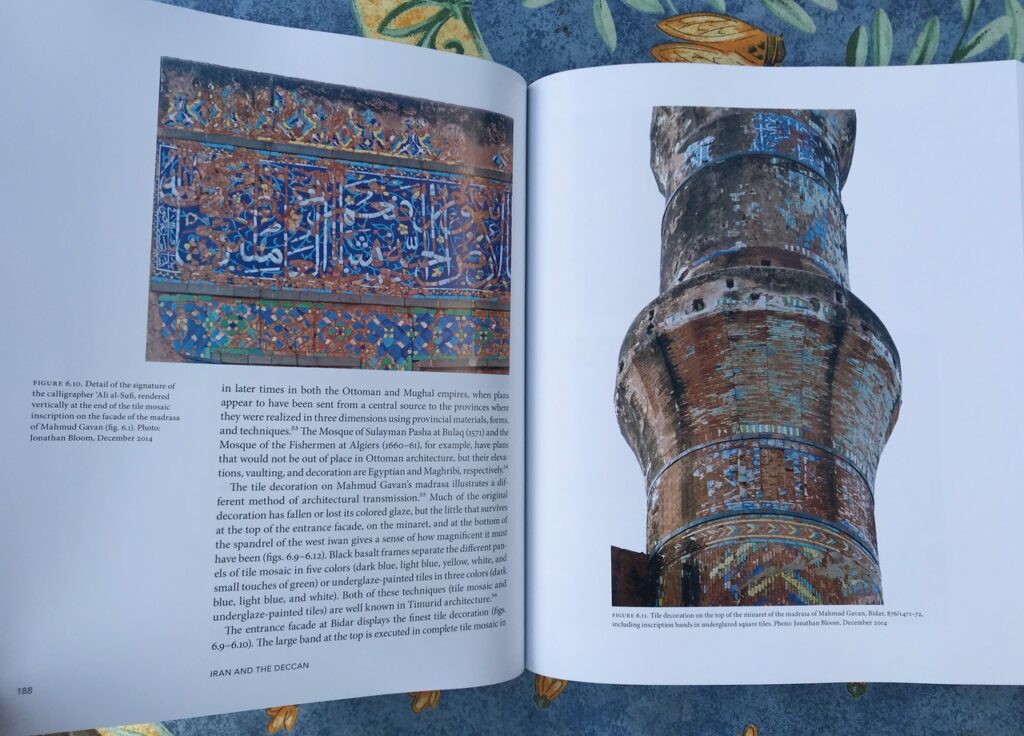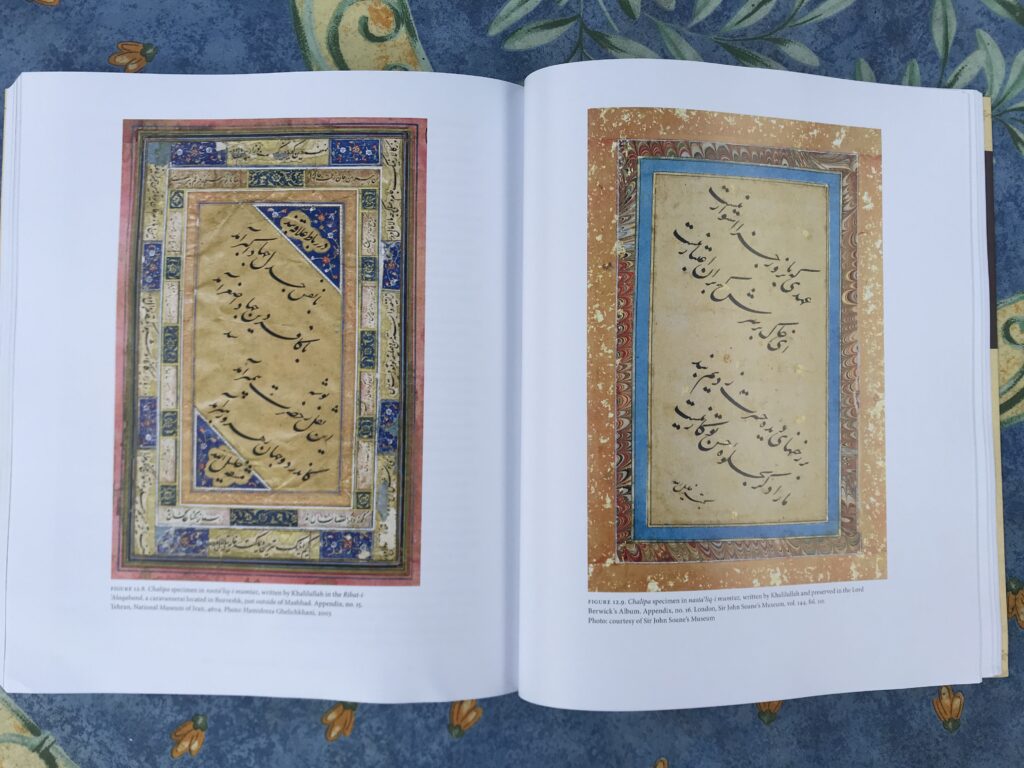Keelan Overton, ed. Iran and the Deccan: Persianate Art, Culture and Talent in Circulation, 1400-1700. Bloomington, IN: Indiana University Press, June 2020.
468 pages, 8.50 x 10.00 in, 144 color illustrations
ISBN 9780253048912, paperback only
Iran and the Deccan features 14 essays by an interdisciplinary cast of 18 scholars specializing in history, art and architectural history, literatures and languages, and book arts and conservation.
Publication of the book has been supported by grants from the College Art Association (Millard Meiss Publication Fund) and Persian Heritage Foundation (PHF).
Book description
In the early 1400s, Iranian elites began migrating to the Deccan plateau of southern India. Lured to the region for many reasons, these poets, traders, statesmen, and artists of all kinds left an indelible mark on the Islamic sultanates that ruled the Deccan until the late seventeenth century. The result was the creation of a robust transregional Persianate network linking such distant cities as Bidar and Shiraz, Bijapur and Isfahan, and Golconda and Mashhad.
Iran and the Deccan explores the circulation of art, culture, and talent between Iran and the Deccan over a three-hundred-year period. Its interdisciplinary contributions consider the factors that prompted migration, the physical and intellectual poles of connectivity between the two regions, and processes of adaptation and response. Placing the Deccan at the center of Indo-Persian and early modern global history, Iran and the Deccan reveals how mobility, liminality, and cultural translation nuance the traditional methods and boundaries of the humanities.
Table of Contents
Acknowledgments
Note to the Reader
List of Abbreviations
- Introduction to Iranian Mobilities and Persianate Mediations in the Deccan / Keelan Overton
- Iran and the Doors to the Deccan, ca. 1400–1650: Some Aspects / Muzaffar Alam and Sanjay Subrahmanyam
- Excerpt on Yusuf Beg ‘Adil Khan, from Rafi’ al-Din Shirazi’s Tazkirat al-Muluk / Translated by Wheeler Thackston
- Ghariban in the Deccan: Migration, Elite Mobility, and the Making and Unmaking of an Early Modern State / Roy S. Fischel
- Dynastic Self-Fashioning and the Arts of the Pen: Sufi and Calligraphy Networks between Fifteenth-Century Shiraz and Bidar / Peyvand Firouzeh
- From Iran to the Deccan: Architectural Transmission and the Madrasa of Mahmud Gavan at Bidar / Sheila Blair and Jonathan Bloom
- Qur’an Manuscript No. 106 Copied by ‘Abd al-Qadir al-Husayni al-Shirazi and Endowed to the Shrine of Imam Riza by Ibrahim Qutb Shah / Maryam Habibi, translated by Arash Khazeni
- Vaqfnama of Ibrahim Qutb Shah in the ‘Abd al-Qadir Qur’an Manuscript Endowed to the Shrine of Imam Riza / Translated by Jake Benson
- Faith and Fate: The Khalili Falnama and Shi’i Identity in Golconda / Rachel Parikh
- Indo-Persian Histories from the Object Out: The St Andrews Qur’an Manuscript between Timurid, Safavid, Mughal, and Deccani Worlds / Keelan Overton and Kristine Rose-Beers (with contributions by Bruce Wannell)
- The Qit’at-i Khushkhatt Album: Authenticity and Provenance / Jake Benson
- Khalilullah “Padishah of the Pen”: Royal Scribe and Ambassador of Shah ‘Abbas and Ibrahim ‘Adil Shah II / Hamidreza Ghelichkhani, translated by Kimia Maleki and Jake Benson
- Forging a Canon of Dakhni Literature: Translations and Retellings from Persian / Sunil Sharma
- On Heroes and History: Responding to the Shahnama in the Deccan, 1500–1800 / Subah Dayal
Glossary-Index
Iran and the Deccan is distributed by Combined Academic Publishers
Indiana University Press, Indiebound, Waterstones, Booktopia



